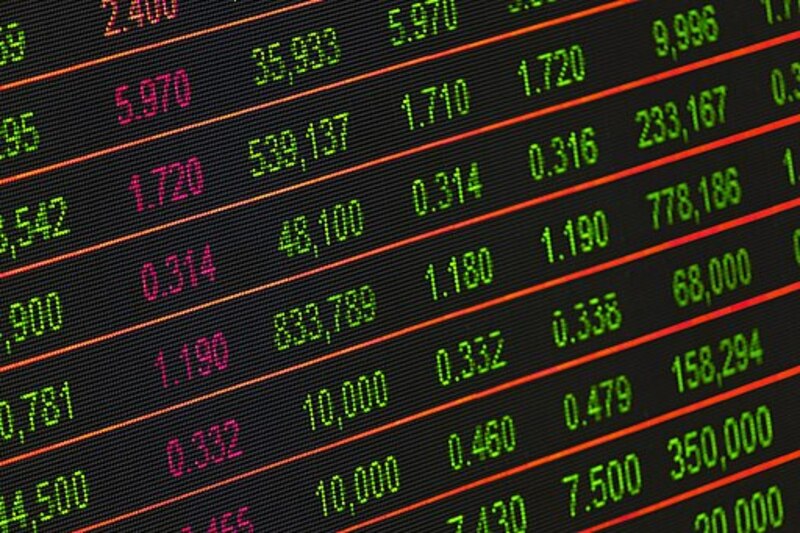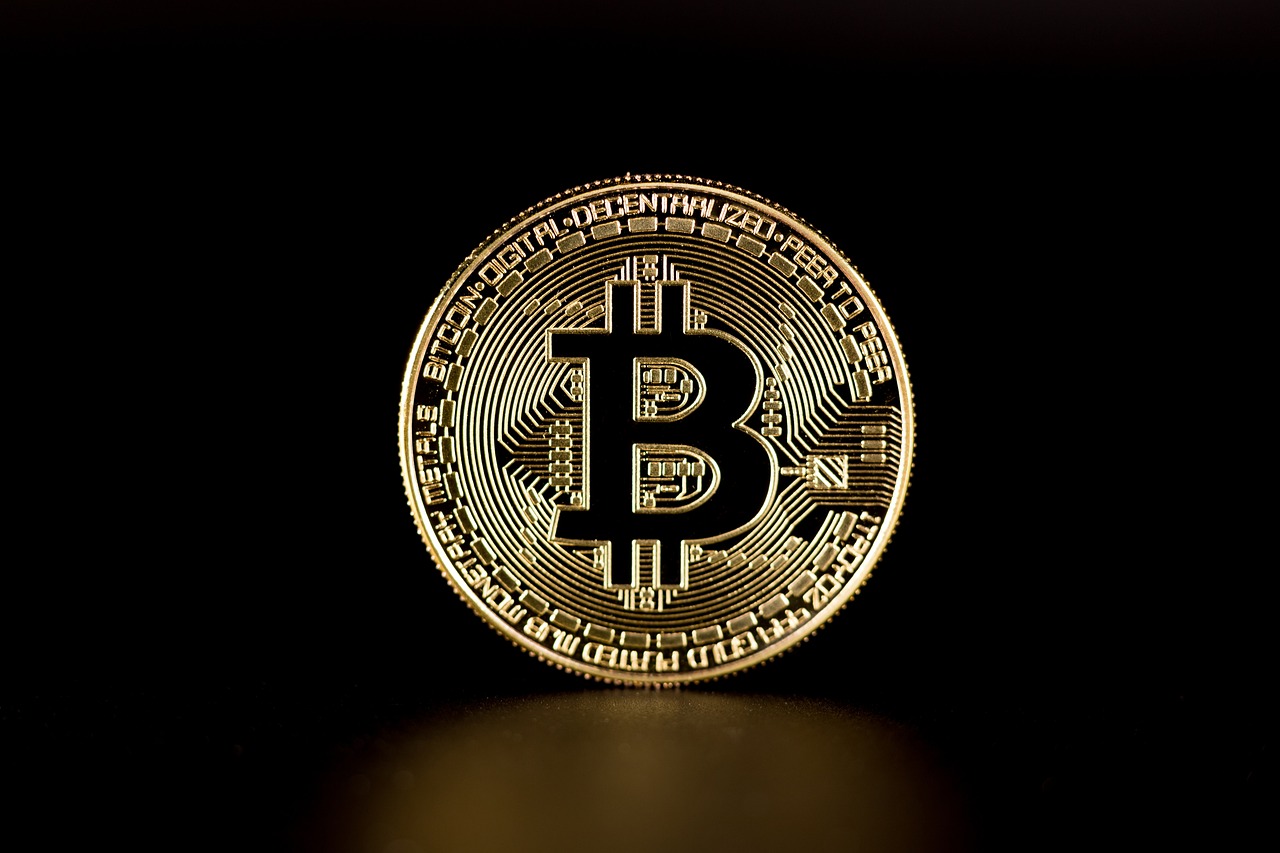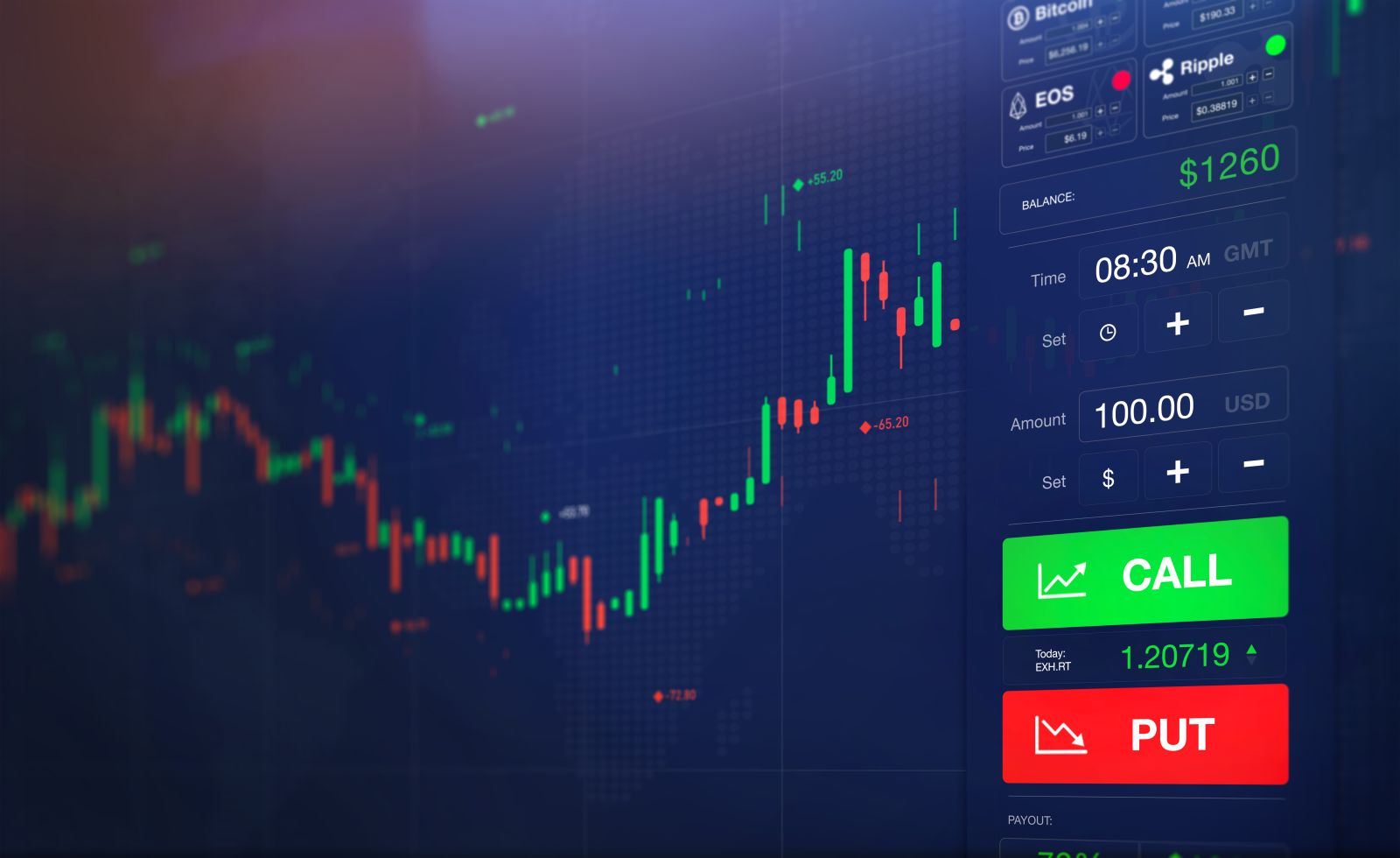
All futures markets exhibit some form of seasonality, as well as the financial sector. While physical markets have a recognizable seasonal pattern due to planting and harvesting, driving seasons, heating homes, and jewelry, the financial industry also has solid seasonal patterns. Central banks worldwide have year-end accounting procedures just like large corporations do. Capital repatriation or expenditures annually as they close their books for the year could lead to a seasonal pattern. Imports/exports can create seasonal patterns in commodity-related countries.
In the US, the Internal Revenue Service (IRS) will need cash to give tax refunds to citizens who overpay taxes throughout the year. To raise this cash, the US Treasury will need to issue more short-term debt (Treasury Bills). During these weekly Treasury auctions for this debt, the private sector loans the government money by purchasing these debt instruments. The maturities of this debt can range from 4 to 52 weeks.
Because of the April 15 deadline for tax filing, the IRS needs these funds simultaneously each year, creating a seasonal pattern.
A futures contract called the Secured Overnight Financing Rate (SOFR) is available to participate in this seasonal event.
Secured Overnight Financing Rate (SOFR) futures contract
For years the London Interbank Offered Rate (LIBOR) was the benchmark for setting yields of overnight lending between large banks. In November 2014, the Federal Reserve convened the Alternative Reference Rates Committee (ARRC). In June 2017, the ARRC endorsed the SOFR as its preferred alternative reference rate, basically replacing the LIBOR. Because LIBOR and SOFR have similar interest rates, the SOFR futures will closely track the expiring Eurodollar futures prices, making long-term historical analysis possible.
Since 2018, the SOFR futures and the Eurodollar futures have been trading on the CMEGroup exchange. Slowly, the volume is becoming more prominent in the SOFR contract as we get closer to June 2023, when Eurodollar futures cease trading.
Market participants have well received the SOFR futures contract. The CMEGroup reports 2,200+ global participants with volumes exceeding $1.5 trillion in notional value per day. SOFR has an exceptional centralized liquidity pool, price discovery, and risk management.
SOFR specifications
| Contract: 3-month SOFR | Exchange: CMEGroup |
| Tick Size: 0.005 = $12.50 | Point Value: $2,500 |
| Initial margin: $825 | Maintenance Margin: $750 |
| Trading Hours: 17:00-16:00 CT (Sun-Fri) | Settlement: Financial |
| Quarterly Contracts: (Mar, June, Sep, Dec) | CME Symbol: SR3 |
| Asset: Interest Rates | Barchart Symbol: SQ |
SOFR futures specifications are very similar to the Eurodollar futures specifications. The CMEGroup is doing an extraordinary undertaking making this transition seamless.
Unfortunately, there needs to be more history of the SOFR futures contract to create seasonal patterns. The proxy will be the Eurodollar futures for this analysis until we have sufficient data for SOFR.
Seasonality

Source: Moore Research Center, Inc. (MRCI)
The above chart represents interest rates, not the price of Treasury Bills.
In the early 90s, the CME delisted the Treasury Bill (TB) futures contract. At that time, the Eurodollar futures contract was used to track the futures equivalent of the TBs. In July of 2023, the Eurodollar futures will be replaced by the SOFR futures contract to follow the TB rates.
MRCI research shows that the January period has resulted in interest rates going higher into the annual seasonal high in February for the past 15-30 years. The IRS has become a regular customer at this time of the year.
Technicals

The daily price is in a solid downtrend in place. Using the 50 & 100 simple moving averages (SMA), the pattern has been for the price to rally back to the downsloping averages and then revert to the original downtrend.
Referring to the seasonal chart, December usually has sideways price action. Currently, December has kept that pattern intact. Remember that when trading interest-rate products, the price and yield are inverted.
Higher prices = lower yields and lower prices = higher yields.
After the beginning of the new year, a rally in price that approaches resistance may be the area for selling if you believe the trend will remain down.
Interest Rate markets currently have extensive liquidity and investing interest

Source: BofA Global Fund Manager Survey
Interest rate markets typically have good liquidity, but while the Federal Reserve (FED) is aggressively raising rates, there is even more participation due to the potential for more significant profits from bigger moves.
The above graph shows that traditionally Fund Managers are heavily weighted in stocks and less in interest-rate products. Today's equity market uncertainties have cash aggressively flowing into interest-rate products. Resulting in larger amounts of capital pursuing more significant returns in the interest rate markets.
Summary
As the 2022 trading year ends, now is an excellent time to look forward to opportunities for 2023. Seasonal patterns allow a trader to anticipate future price activity based on historical price action from the past. Always use additional tools and resources to confirm trading decisions, not just seasonal research.
The FED is currently selling its inventory of Treasury debt accumulated during the pandemic. That does not change the IRS's need for tax refund capital. Having both of these events coinciding may help create better results.
More Stock Market News from Barchart
- Intel's Large Unusual Options Activity Is Attracting Value Buyers
- 3 Things Stand Out From Nike’s Q3 Report
- Stocks Higher on Positive Corporate Earnings
- Options Traders Cast Doubt on Cinemark (CNK) But It Could Offer a Contrarian Take
On the date of publication, Don Dawson did not have (either directly or indirectly) positions in any of the securities mentioned in this article. All information and data in this article is solely for informational purposes.




/AI%20(artificial%20intelligence)/Image%20of%20server%20racks%20in%20modern%20server%20room%20data%20center%20by%20Sashkin%20via%20Shutterstock.jpg)

/Amazon%20-%20Image%20by%20bluestork%20via%20Shutterstock.jpg)